You are here
Please respect the outdoors by practicing Leave No Trace. Learn more about how to apply the principles of Leave No Trace on your next outdoor adventure here.
Moab, Arches + La Sal Mountains, Utah
Glacier + Northern Lewis Range, Montana
Forks, WA to Cape Alava, WA (57 miles)
Zion + Bryce Canyon Area, Utah
Death Valley, California
Lee's Ferry to Diamond Creek, Grand Canyon National Park
Southeastern Oregon, Oregon
Central Oregon Coast, Oregon

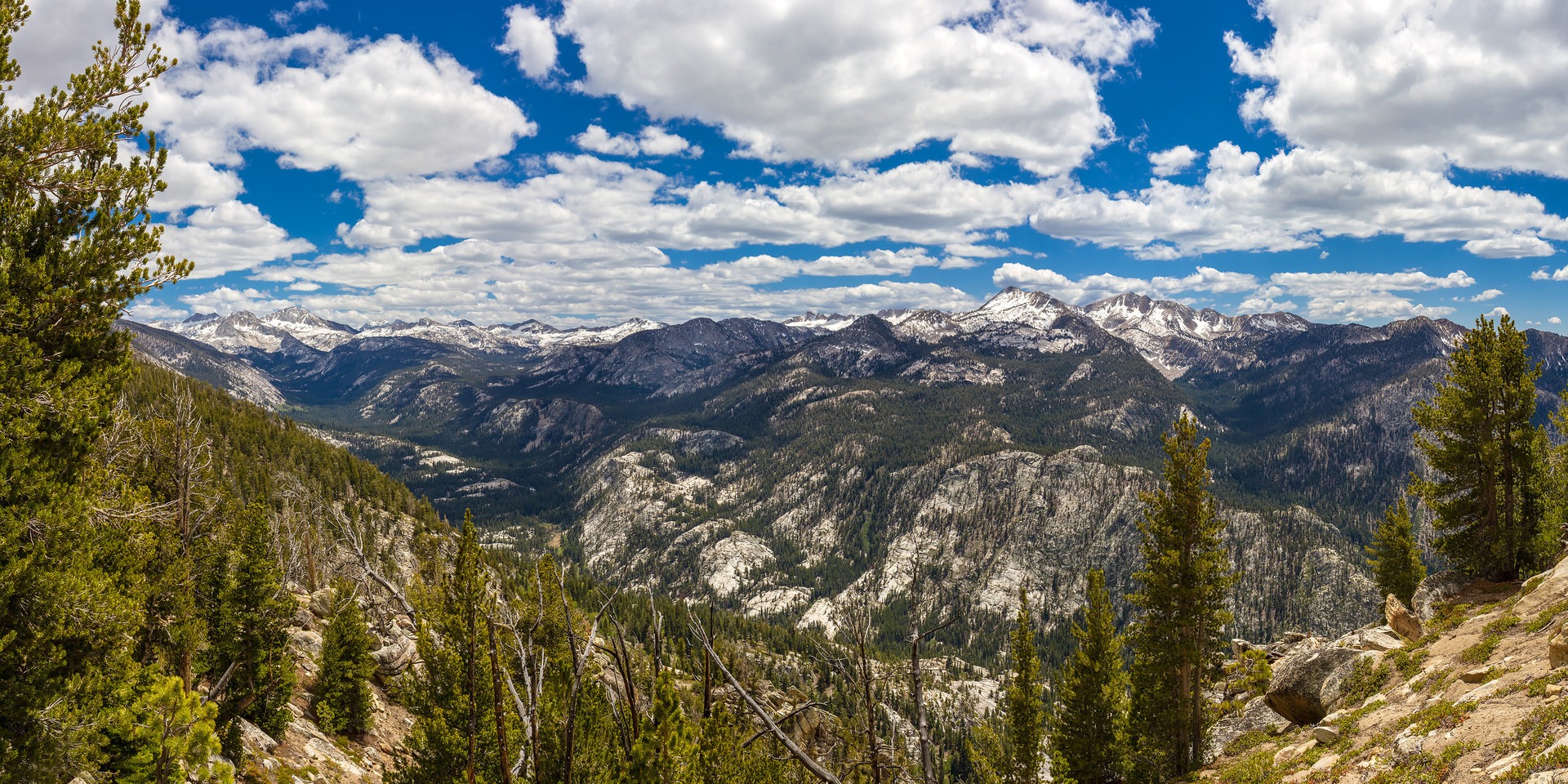
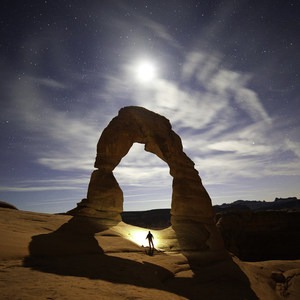


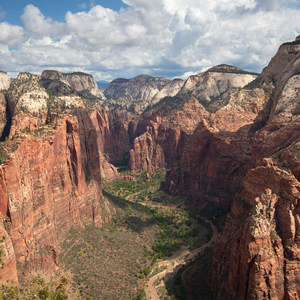

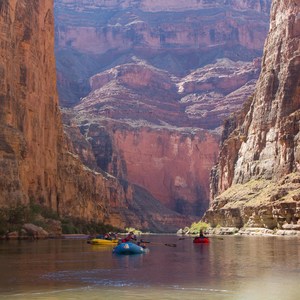
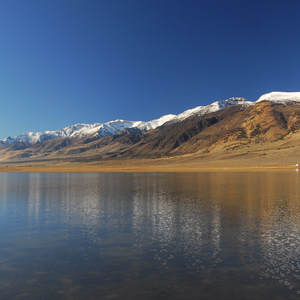
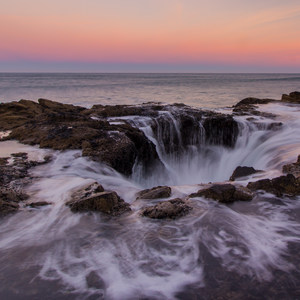



Comments
https://helpypals.com/
Sign In and share them.